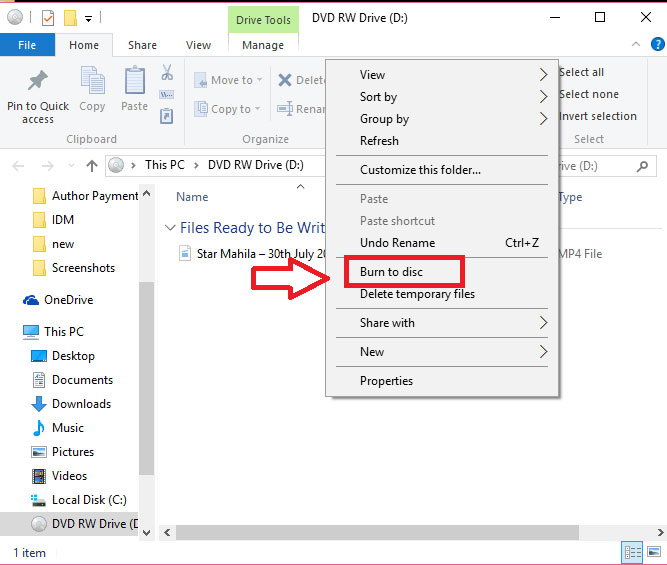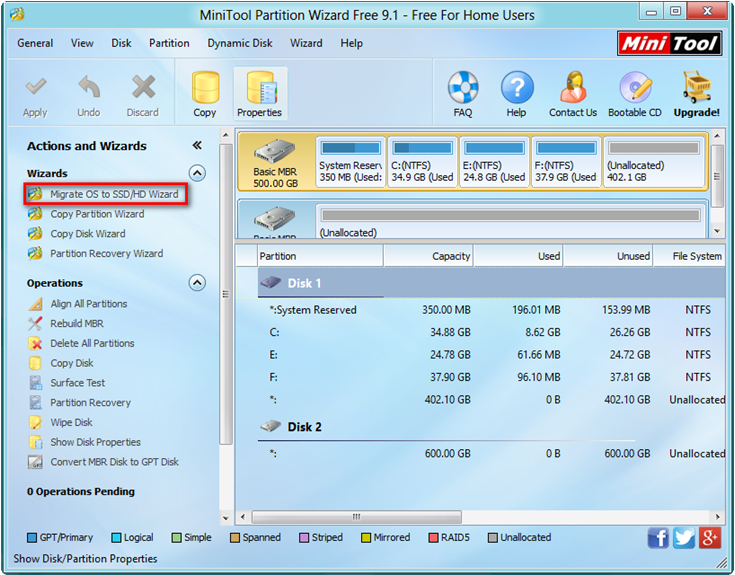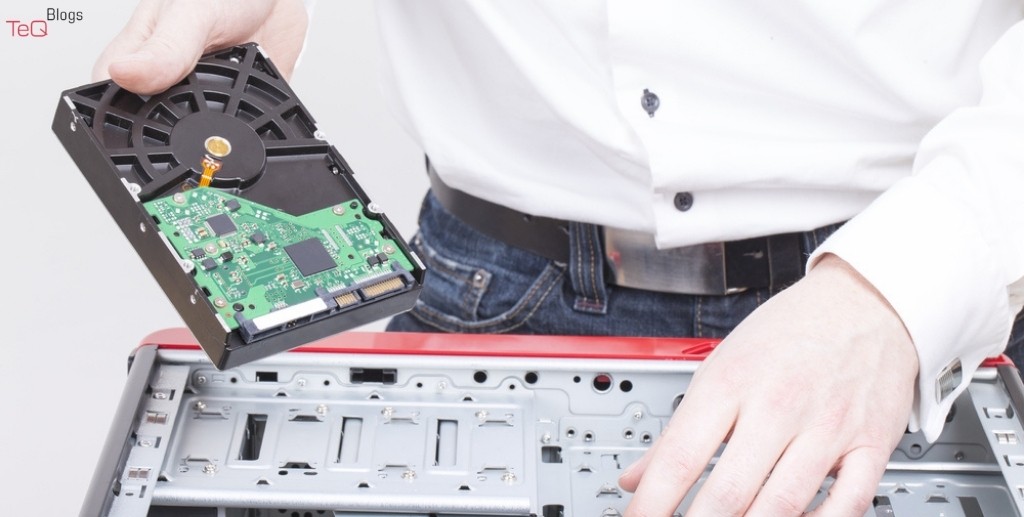

- #How to transfer programs to new computer without cd drive install#
- #How to transfer programs to new computer without cd drive pro#
If you move a GUID Partition Table (GPT) disk containing the Windows operating system to an x86-based or 圆4-based computer, you can access the data, but you cannot boot from that operating system.My new Sony Vaio Pro 13A does not have a cd slot, yet the only version of Microsoft office 2013 is in a cd form. If there are any problems, this information will tell you what will happen to each volume on these disks once the disks have been imported. For example, if you want to move disks from two computers, import all disks from the first computer and then import all disks from the second computer.ĭisk Management describes the condition of the volumes on the disks before they are imported. When importing multiple disks from different computers, always import all the disks from one computer at a time. You can move multiple disks from different computers to a computer by installing the disks, opening Disk Management, right-clicking any of the new disks, and then clicking Import Foreign Disks. Otherwise, the volumes on the disks cannot be brought online and will not be accessible except to delete them. If you are moving spanned, striped, mirrored, or RAID-5 volumes, it is highly recommended that you move all disks containing the volume together. To use the volume, you must manually mount the volume and assign it a drive letter using Disk Management or the DiskPart and mountvol commands. If an administrator has used either the mountvol /n or the diskpart automount command to prevent new volumes from being added to the system, volumes moved from another computer are prevented from being mounted and from receiving a drive letter. If the drive letter is already used on the computer where a volume is moved, the volume receives the next available drive letter.


If a dynamic volume did not have a drive letter on the previous computer, it will not receive a drive letter when moved to another computer. When moved to another computer, basic volumes receive the next available drive letter on that computer.ĭynamic volumes retain the drive letter they had on the previous computer. Click Import Foreign Disks and then follow the on-screen instructions.Click Action and then click Rescan Disks.On the new computer, open Disk Management.Start the computer that contains the disks you moved and follow the instructions in the Found New Hardware dialog box.
#How to transfer programs to new computer without cd drive install#
If the disks are internal, make sure the computer is turned off and then physically install the disks in that computer. If the disks are external, plug them into the computer. If the disks are internal, turn off the computer, and then physically remove them.

If the disks are external, you can now unplug them from the computer. If the disks you want to move are dynamic disks, in Disk Management, right-click the disks you want to move, and then click Remove Disk.Īfter having removed dynamic disks, or if you are moving basic disks, you can now physically disconnect them. In the Confirm Device Removal dialog box, click OK. Right-click the disks you want to uninstall, and then click Uninstall. In the device list, double-click Disk drives. Open Device Manager in Computer Management. Uninstall the disks you want to move using Device Manager. To verify the volume status, from the View menu, check the Status column in the Volume List view, or under the volume size and file system information in the Graphical View. If the status is not Healthy, repair the volumes before you move the disks. Use Disk Management to make sure the status of the volumes on the disks is Healthy. You must be a member of the Backup Operators or Administrators group, at minimum, to complete these steps.


 0 kommentar(er)
0 kommentar(er)
